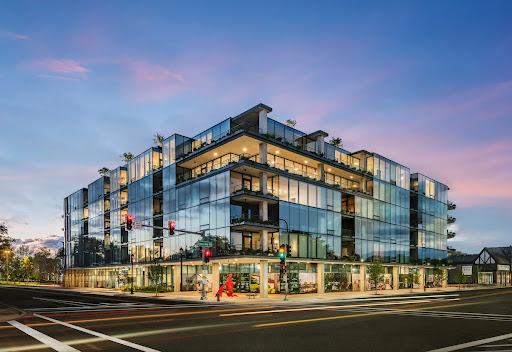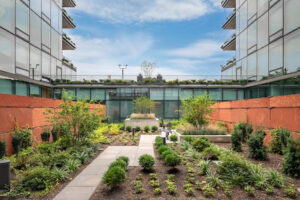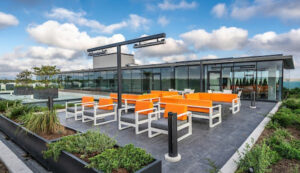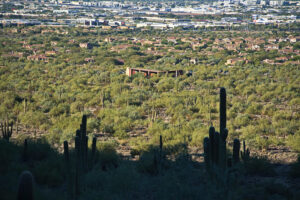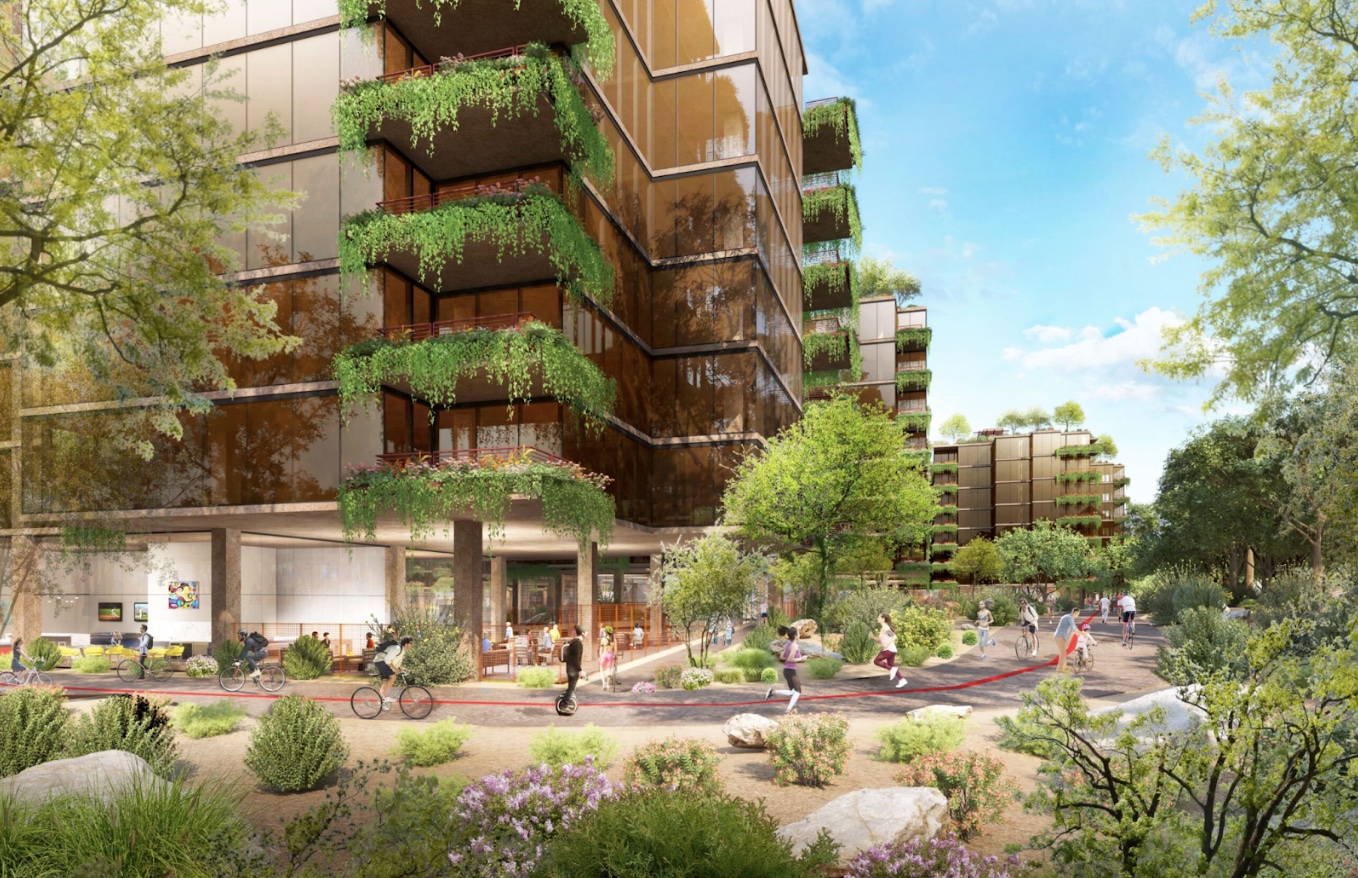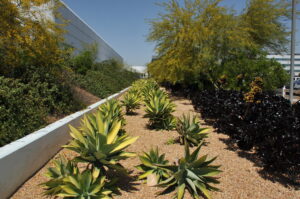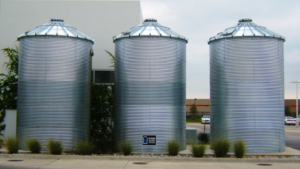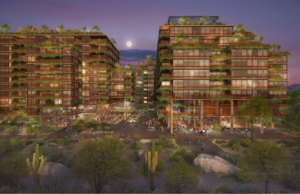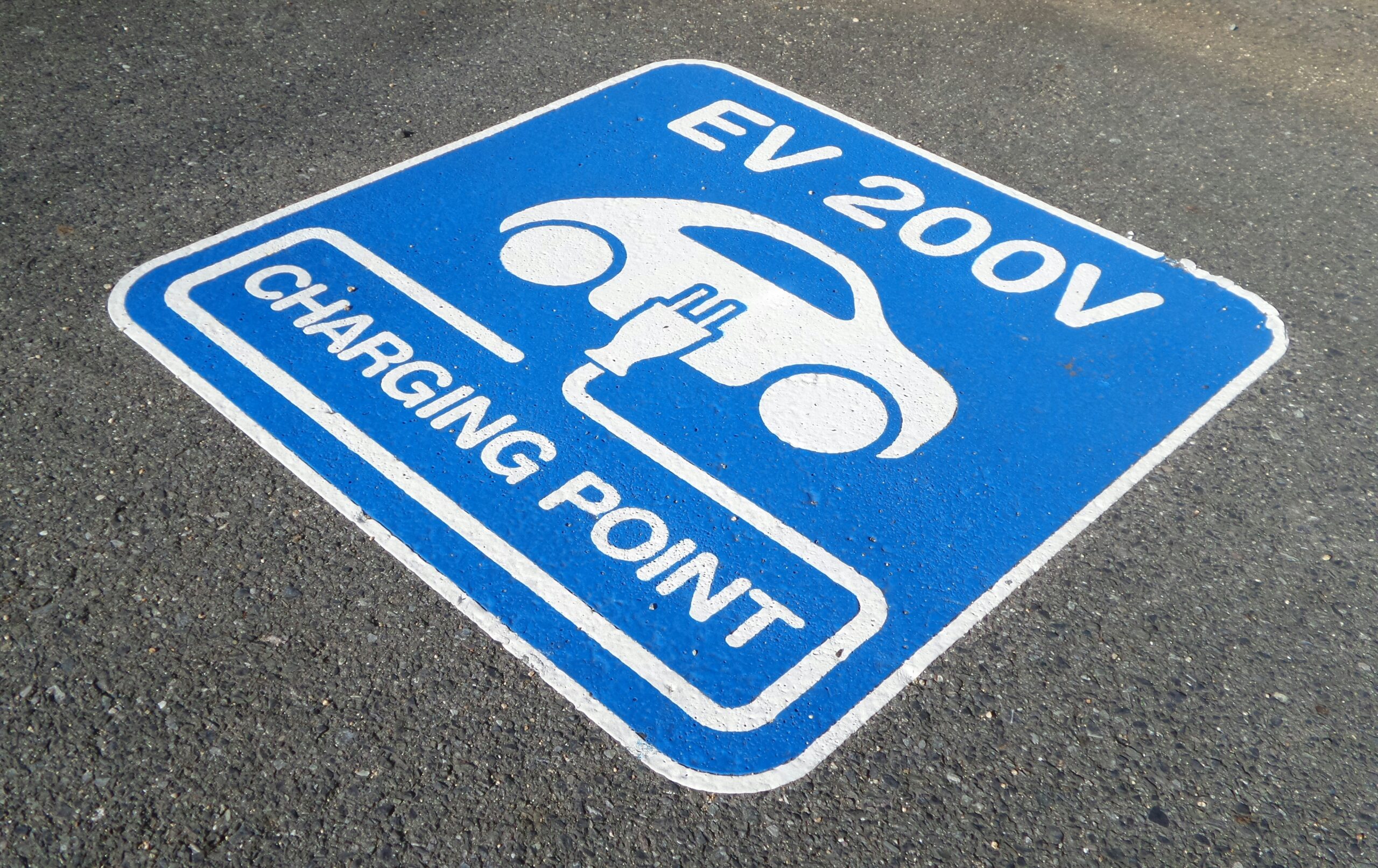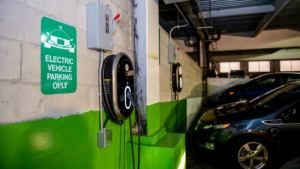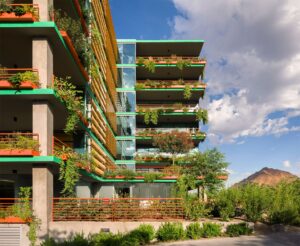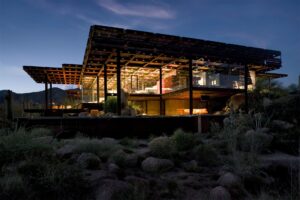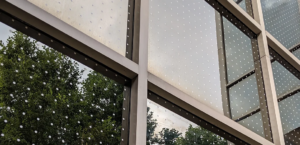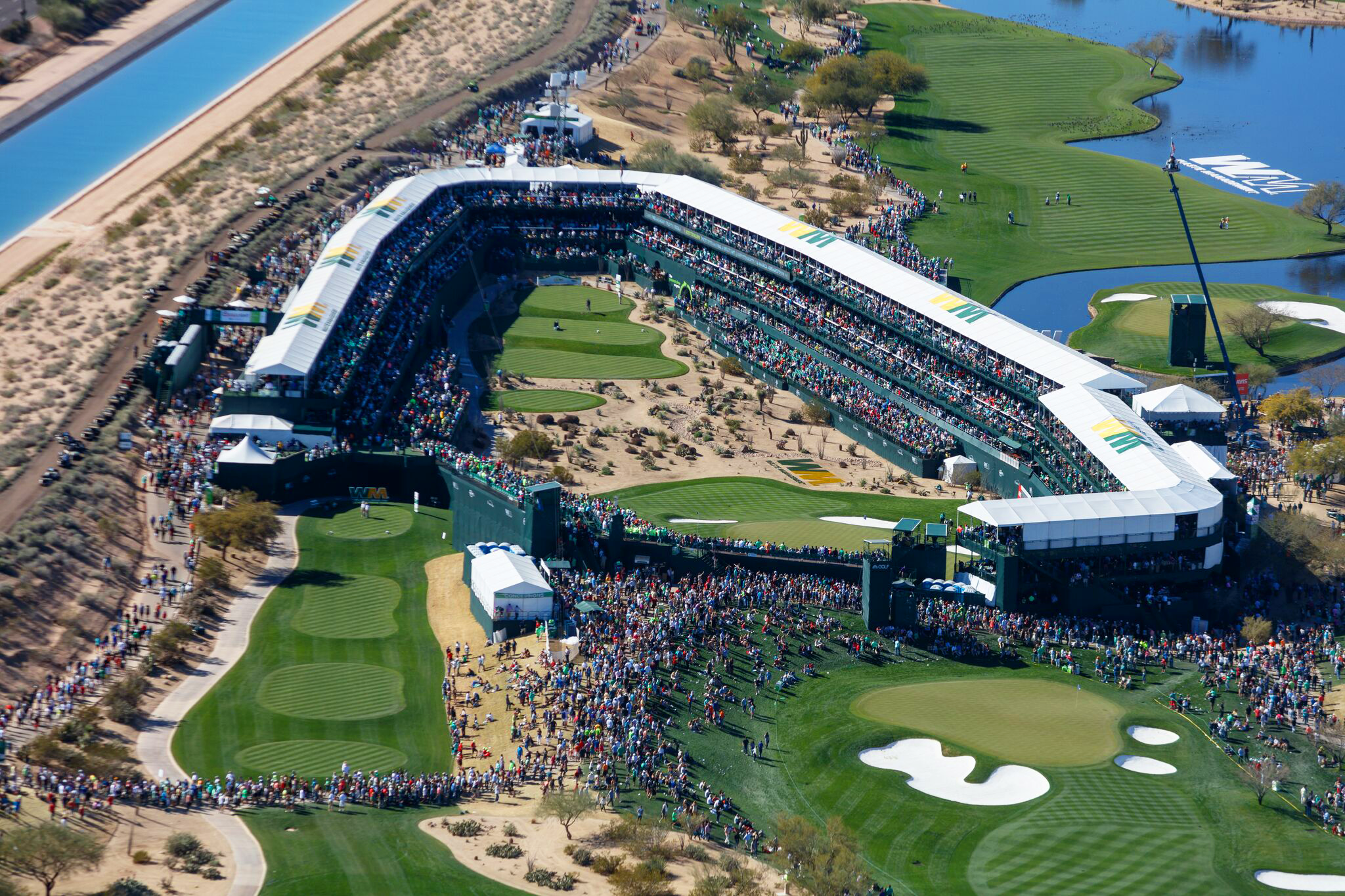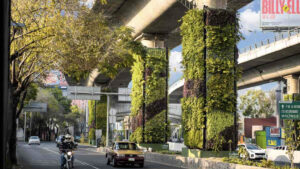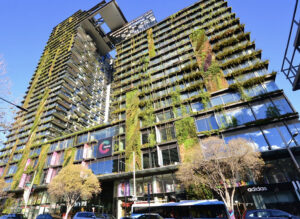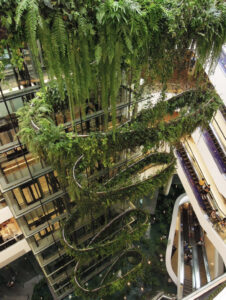At Optima®, our commitment to sustainability and innovation in architecture drives us to stay informed about the latest advancements in the construction industry. Recently, researchers at the University of Cambridge have developed a groundbreaking method for producing low-carbon concrete at scale, utilizing waste cement and electric arc furnaces from the steel industry. This innovative approach promises to significantly reduce the carbon footprint of concrete production and represents a major step forward in sustainable construction.
The key to this innovation lies in recycling old cement from demolished buildings. By heating the waste cement and reactivating its compounds, the researchers have found a way to recycle this material effectively. What makes this process even more efficient is its integration with the existing electric-powered furnaces used in steel recycling. This dual-purpose use of the furnaces not only optimizes energy consumption but also simplifies the recycling process.
Cement is the primary ingredient in concrete and is responsible for approximately 90 percent of its substantial carbon emissions. The new method developed by the Cambridge researchers tackles both major sources of these emissions: the chemical reaction that occurs when limestone is converted into cement, and the high-heat kilns traditionally powered by fossil fuels. By using electric furnaces, the process can potentially achieve zero emissions, especially if powered by renewable energy sources.
The Simple Yet Effective Process
The research team has successfully tested their method at a steel recycling facility and is now preparing for a full industrial-scale test. This upcoming test aims to produce 60 tonnes of cement in just two hours, providing crucial data on the scalability of the process. The team has also established a private company, Cambridge Electric Cement, to commercialize their product. They believe their innovation could supply about a third of the UK’s cement needs within the next decade.
The recycling process is straightforward. After a building’s demolition, the concrete is crushed, and the cement is separated from the aggregates. This used cement is then taken to a steel furnace, where it replaces lime as the flux—a cleaning agent used to remove impurities from molten metal. The cement-based flux combines with impurities to form slag, which rises to the top and can be easily separated. If this slag is cooled quickly, it transforms into high-quality Portland cement, suitable for use in new construction.
This new method offers several advantages over other low-carbon concrete solutions. It leverages existing processes, equipment, and standards, meaning it can be rapidly scaled without substantial additional costs. Additionally, the recycled cement produced through this method is expected to be as durable as traditional cement, ensuring its suitability for a wide range of construction projects.
While the development of zero-emissions cement is a significant achievement, the researchers emphasize that it is not a complete solution to concrete-related carbon emissions. Reducing the overall use of cement and concrete is also crucial. Concrete is a versatile and inexpensive material, but its overuse contributes to environmental degradation. Therefore, a holistic approach, including political will and industry-wide changes, is necessary to address the challenges posed by concrete production. The journey towards zero-emissions construction is ongoing, but with continued research, collaboration, and commitment, we can build a greener, more resilient world.
To read the full report, “Electric recycling of Portland cement at scale,” written by Dunant, C.F., Joseph, S., Prajapati, R. et al. and published in Nature on May 22, 2924, click here.
To watch a video about fabricating low-carbon concrete produced by Cambridge University, click here.


